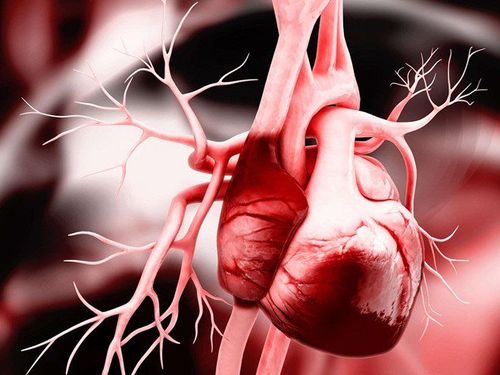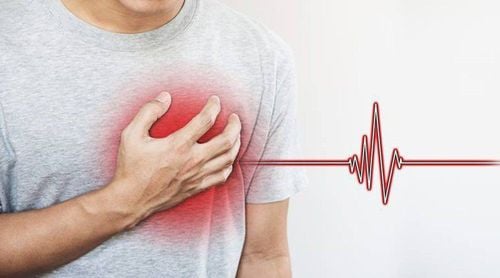This is an automatically translated article.
The article is professionally consulted by Master, Doctor La Thi Thuy - Cardiovascular Center - Vinmec Central Park International General Hospital
The mechanism of diastolic heart failure is when the ventricles are not able to receive blood, accompanied by preserved EF ejection fraction. The cause of diastolic heart failure is either dysfunction of the heart or physical damage.
1. Overview of diastolic heart failure
Definition of diastolic dysfunction: when there is diastolic dysfunction due to impaired left ventricular filling due to increased stiffness or decreased relaxation of the chambers of the heart but no symptoms of heart failureDefinition of heart failure diastolic: is impaired left ventricular filling while left ventricular ejection fraction is normal (EF% > 50%). In addition, there are several additional criteria that are used to define conserved EF. The diagnosis of diastolic heart failure is often difficult because most diagnostic measures exclude other non-cardiac causes and symptoms are similar to those of heart failure (approximately 30 to 50% of patients have heart failure). simple diastolic)
Patient has left ventricular diastolic dysfunction and is present with dyspnea Patient in the setting of venous congestion and pulmonary edema Usually occurs in women and the elderly Prognosis is similar to heart failure systolic Many patients have both systolic and diastolic heart failure
2. Causes of diastolic heart failure
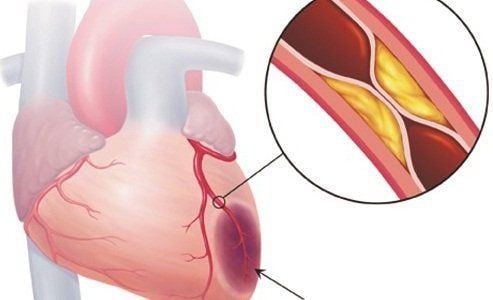
Bệnh động mạch vành có thể là nguyên nhân gây suy tim tâm trương
Coronary artery disease; Hypertension; Aortic valve stenosis; Hypertrophic or restrictive cardiomyopathy. Type 2 diabetes Obesity, metabolic syndrome Old age 2.2. Causes of precipitating The degree of heart failure in general will be more severe if the patient:
No restraint; Have an arrhythmia that is too fast or slow; Have an infection, anemia or acute valvular regurgitation; Abuse of alcohol; Pregnant; Using drugs or reducing medications to treat heart failure at the wrong dose. 2.3. Other causes In addition, there are cases of patients with systolic heart failure accompanied by some of the following cardiovascular diseases that can also lead to preserved EF heart failure, such as:
Myocardial infarction ; Myocardial ischemia; Heart valve blockage; Infiltrative disorders; Metabolic disease.
3. Diagnosis of diastolic heart failure
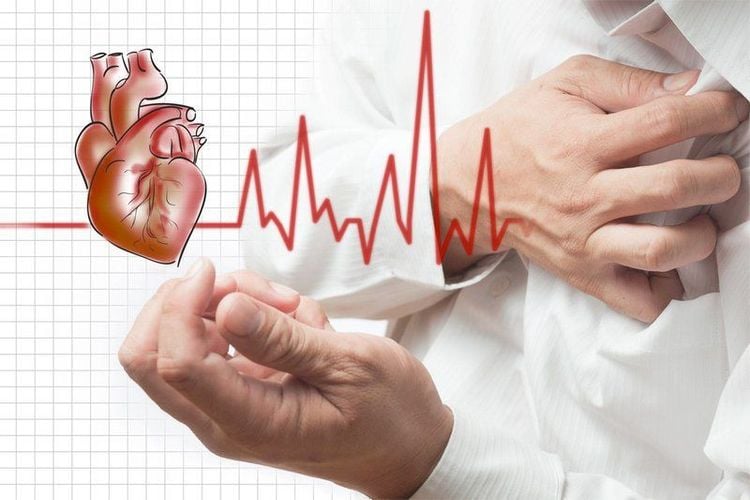
Triệu chứng suy tim tâm trương là gì?
- Waking up at night due to shortness of breath:
+ Often having difficulty breathing when lying down low head, during exercise or strenuous exercise
+ Wheezing, persistent dry cough
+ Shortness of breath often accompanied by coughing symptoms such as intermittent cough
- Difficulty concentrating, poor memory
- Fatigue
- Swelling in the ankles, legs and abdomen
- Loss of appetite and nausea
- Unusual fast or irregular heartbeat
- Sudden weight gain
3.2. Diagnosis is based on clinical examination:
Chest X-ray: signs of congestion in the lungs. Echocardiography: In addition to the preserved ejection fraction EF, the diagnosis of the diastolic heart failure mechanism is also based on evidence of structural myocardial disease (left ventricular thickening, left atrial dilatation), accompanied by diastolic dysfunction. Blood test: NT-proBNP elevated
4. Treatment of diastolic heart failure
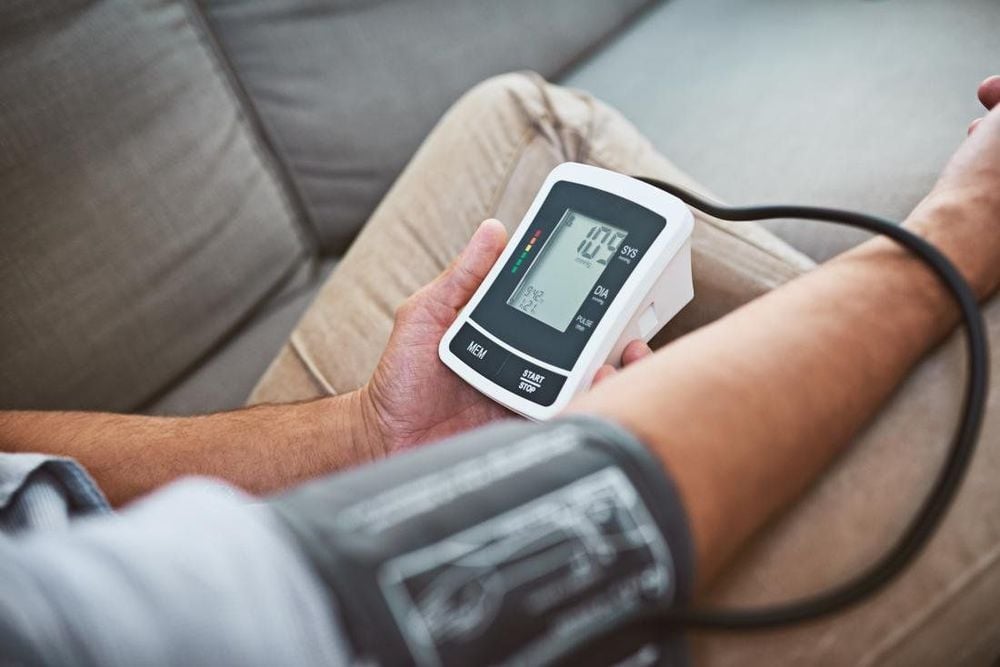
Kiểm soát tốt huyết áp là một trong những phương pháp điều trị phổ biến hiện nay
Good control of systolic (systolic) and diastolic (diastolic) blood pressure. Good control of ventricular rate in atrial fibrillation patients with diastolic heart failure. Effectively combat edema and reduce pulmonary congestion by using diuretics. Coronary revascularization in patients with diastolic heart failure with concomitant coronary artery disease. Reduce functional symptoms in patients with diastolic heart failure with drugs, such as: β-blockers, angiotensin-converting enzyme inhibitors, Angiotensin II receptor blockers or calcium channel blockers. At Vinmec International General Hospital, there is a Heart Failure Examination Package designed to be applied to the following 2 groups of subjects:
Patients with common symptoms of heart failure, for example: Shortness of breath, difficulty breathing , fatigue, dizziness, dizziness, heart attack, tachycardia, palpitations, ... The client has no symptoms of diastolic heart failure, but has heart-related diseases (hypertension, pain) angina, diabetes, arrhythmia, ...) or middle-aged people (men > 45 years old, women > 50 years old), especially those who regularly drink a lot of alcohol, tobacco, fat. A comprehensive examination service includes determining the status and mechanism of diastolic heart failure, the degree of heart failure, the cause of the heart failure as well as the comorbidities. Specific diagnostic and testing steps are as follows:
Cardiology examination. Total analysis of 24-hour urine and blood cells by automatic counter. Measure Glucose, Uric Acid, Ionized Calcium, Cholesterol, ... Measure AST (GOT) and ALT (GPT) activities. Electrolyte (Na/K/Cl) and electrocardiogram. Echocardiography and X-ray. Some other necessary related services.
Please dial HOTLINE for more information or register for an appointment HERE. Download MyVinmec app to make appointments faster and to manage your bookings easily.




